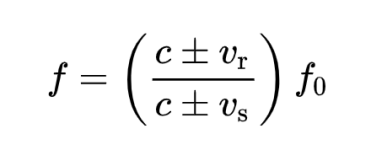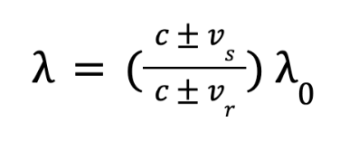julianthedragon
Well-known member
- Joined
- Jun 3, 2020
- Messages
- 375
- Points
- 63
Here with a (potentially) dumb idea that somebody with a stronger physics/lasers background can hopefully pick apart.
So this much I understand about lasers: there is A) a lasing medium, be it solid-state, dye, gas, semiconductor, etc. and B) a pump source such as electricity, light from another laser, a chemical reaction, etc. In this case, let's take the laser to be solid-state and optically pumped by another laser.
The way lasing has been described to me is that light passes through the lasing medium, exciting its electrons to a higher energy state. Then the electrons fall back to their base energy state, emitting photons. These photons then stimulate emission of more photons traveling at the same wavelength and direction and so on until the laser is indeed lasing.
Here is my idea. You have a wheel of solid lasing medium that is spinning very quickly at a constant velocity, and you aim the pump source (the existing laser) tangent to the wheel but still touching. Could the velocity of the moving lasing medium at the part the source reaches have an impact on the wavelength of emission? Would it be possible at all to have the medium emit light with this kind of set up?
Thanks for humoring me
So this much I understand about lasers: there is A) a lasing medium, be it solid-state, dye, gas, semiconductor, etc. and B) a pump source such as electricity, light from another laser, a chemical reaction, etc. In this case, let's take the laser to be solid-state and optically pumped by another laser.
The way lasing has been described to me is that light passes through the lasing medium, exciting its electrons to a higher energy state. Then the electrons fall back to their base energy state, emitting photons. These photons then stimulate emission of more photons traveling at the same wavelength and direction and so on until the laser is indeed lasing.
Here is my idea. You have a wheel of solid lasing medium that is spinning very quickly at a constant velocity, and you aim the pump source (the existing laser) tangent to the wheel but still touching. Could the velocity of the moving lasing medium at the part the source reaches have an impact on the wavelength of emission? Would it be possible at all to have the medium emit light with this kind of set up?
Thanks for humoring me
Last edited:






